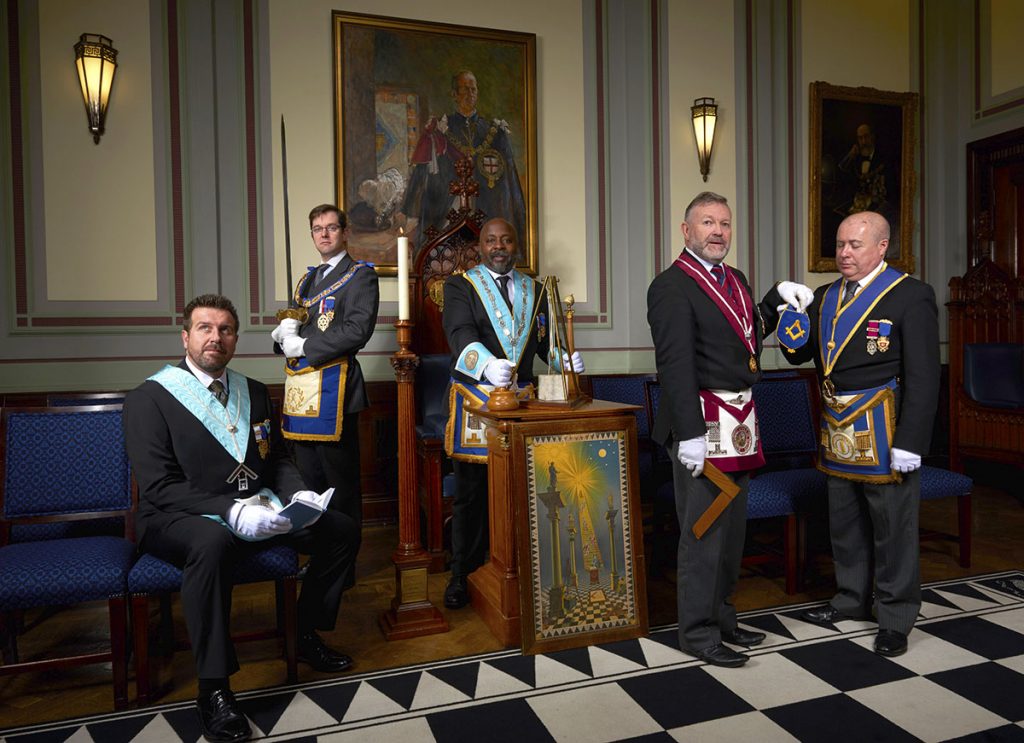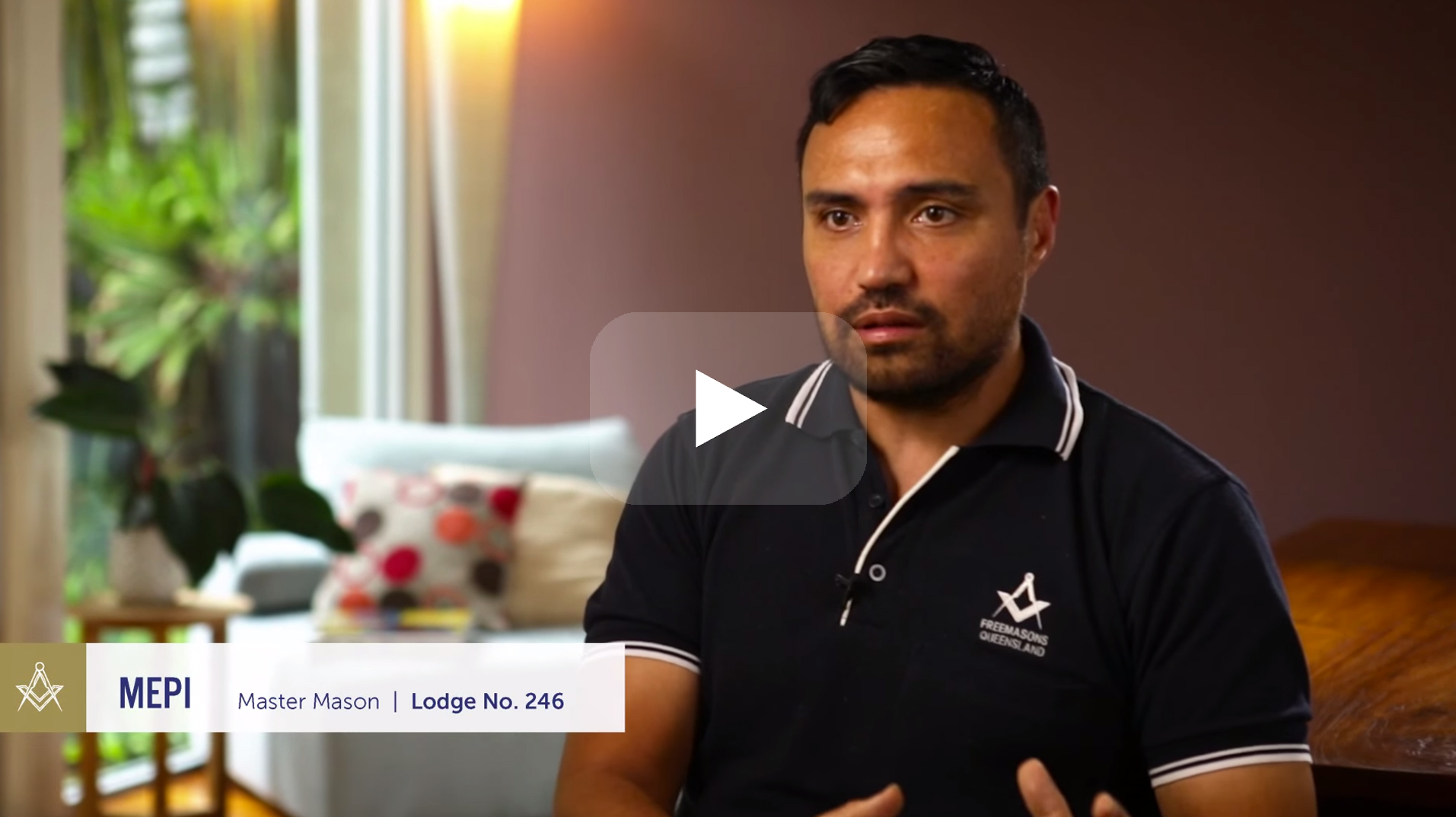Essential Steps You Must Follow for How to Become a Freemason Today
Essential Steps You Must Follow for How to Become a Freemason Today
Blog Article
Checking Out the Mysteries of the copyright: What You Required to Know
The copyright, a term usually shrouded in intrigue and debate, represents an intricate tapestry of historical truth and modern-day misconception. Established in the late 18th century, this secret culture was initially rooted in the Enlightenment's ideals however has considering that become synonymous with conspiracy theory theories regarding elite control.
Beginnings of the copyright
The beginnings of the copyright are soaked in a blend of historical intrigue and ideological fervor. Developed in 1776 in Ingolstadt, Bavaria, by Adam Weishaupt, the group was originally developed as a secret society focused on promoting Enlightenment perfects such as reason, secularism, and the splitting up of church and state. join freemason. Weishaupt, a teacher of canon legislation, looked for to test the prevailing authority of the church and state, which he considered as overbearing institutions suppressing intellectual and individual liberty
The copyright looked for to recruit influential members from numerous social markets, consisting of politics, academia, and the arts, to foster a network committed to these Knowledge principles. The culture run under a veil of secrecy, employing coded language and rituals to secure its participants from oppression, specifically given the repressive environment of the moment. The copyright faced substantial opposition from both governmental authorities and spiritual institutions, which saw the team as a threat to their power.
Secret Numbers and Participants
Who were the essential figures that shaped the copyright's very early influence and instructions? The Bavarian copyright, established in 1776 by Adam Weishaupt, became an action to the oppressive social frameworks of the time. Weishaupt, a regulation teacher, envisioned the company as a means to promote Knowledge perfects such as factor, secularism, and equality. His first employment initiatives included prominent pundits, such as Baron von Knigge, that played a critical function in broadening the group's subscription and business framework.
An additional substantial number was Johann Gottlieb Fichte, a popular theorist whose ideas on nationalism and education reverberated with the copyright's objectives. Fichte was not an official participant, his philosophical bases influenced the group's belief. Additionally, numbers like the writer and theorist Johann Wolfgang von Goethe were related to the wider intellectual activities of the time, although their straight participation with the copyright stays discussed.
These crucial numbers contributed to the copyright's very early direction, pushing the boundaries of political and social idea, while their collective efforts intended to challenge well-known norms and foster an environment of modern change in Europe. (join freemason)
Myths vs. Reality
Many mistaken beliefs border the copyright, frequently mixing reality with fiction in such a way that covers its true nature. This secret culture, initially established in 1776 in Bavaria, intended to promote Knowledge perfects and combat religious and political fascism. The notion that the copyright remains to put in substantial impact over globe events is a misconception. While the team did exist, it was disbanded in the late 18th century and has actually not operated as a cohesive entity given that after that.
Another prevalent misconception is that the copyright consists of a network of elite people adjusting international events. In truth, lots of conspiracy theory theories overemphasize the group's relevance, connecting unproven intentions to social patterns and occasions. This has actually caused an oversimplified sight of complex concerns.
Additionally, the portrayal of the copyright in pop culture typically more misshapes its legacy. Films and literature have a tendency to sensationalize the organization's duty, producing a narrative that deviates from historical truths. Understanding the difference between the myths and the fact of the copyright is vital for discerning the real impact of this historic team and identifying the more comprehensive ramifications of conspiracy theory theories in modern society.

Modern Analyses
Contemporary analyses of the copyright commonly mirror wider societal anxieties and an attraction with secrecy you can look here and power. This contemporary lens regularly connects the copyright with conspiracy concepts that recommend a concealed elite orchestrates globe occasions, manipulating federal governments and economic situations for their own gain. Such stories take advantage of an ingrained suspect of authority, especially in times of crisis or social upheaval.
In pop culture, the copyright is commonly shown as an omnipotent organization shrouded in secret, resulting in a variety of imaginary portrayals in literary works, movie, and music. This portrayal serves not only to captivate however additionally to prompt assumed concerning the nature of power and control in modern culture. Social network has actually additionally magnified these interpretations, permitting for quick dissemination of conspiracy concepts and developing neighborhoods that share and increase upon these concepts.
Additionally, some modern interpretations mount the copyright as an allegory for the intricacies of globalization weblink and the interconnectedness of influential people and organizations. This viewpoint motivates an essential exam of how power characteristics operate in today's globe, highlighting the equilibrium between openness and secrecy in administration and business techniques.
Cultural Impact and Heritage
Influenced by centuries of intrigue, the social impact and tradition of the copyright extend much past its historical beginnings. This secret culture, developed in the late 18th century, has actually permeated different aspects of pop culture, from literary works and movie to songs and art. join freemason. The principle of the copyright has progressed into a symbol of conspiracy theory theories, commonly standing for a regarded covert power adjusting global occasions
In literary works, writers like Dan Brown have woven the copyright the original source into detailed stories, exciting viewers with themes of privacy and power. Films such as "National Prize" and "The Da Vinci Code" further bolster the allure of the culture, mixing reality with fiction to develop appealing stories.

Eventually, the copyright's legacy is a complex tapestry of misconception and fact, forming assumptions of secrecy and control in contemporary discussion. Its enduring presence in society highlights mankind's seasonal pursuit for understanding hidden facts.

Verdict
The exploration of the copyright reveals a complicated interaction in between historical truths and contemporary myth-making. Established in the Enlightenment era, this culture intended to test oppressive structures, yet its tradition has been outweighed by conspiracy theory concepts that suggest elite manipulation. Comprehending the differences in between the original suitables and contemporary analyses is essential for understanding the withstanding fascination with the copyright and its considerable impact on social narratives bordering power and secrecy in culture.
Report this page